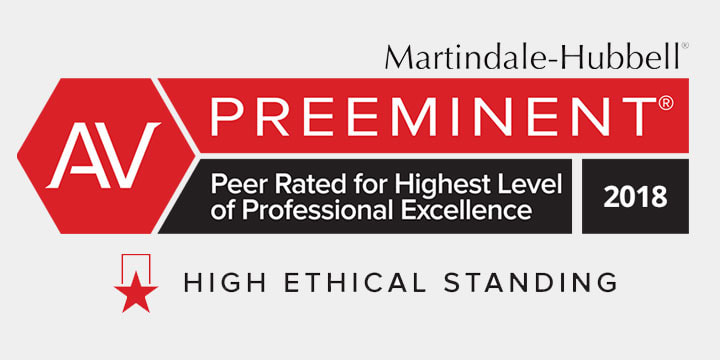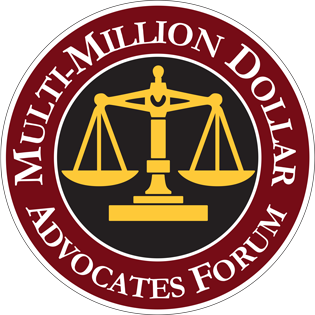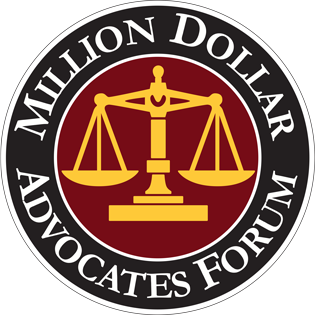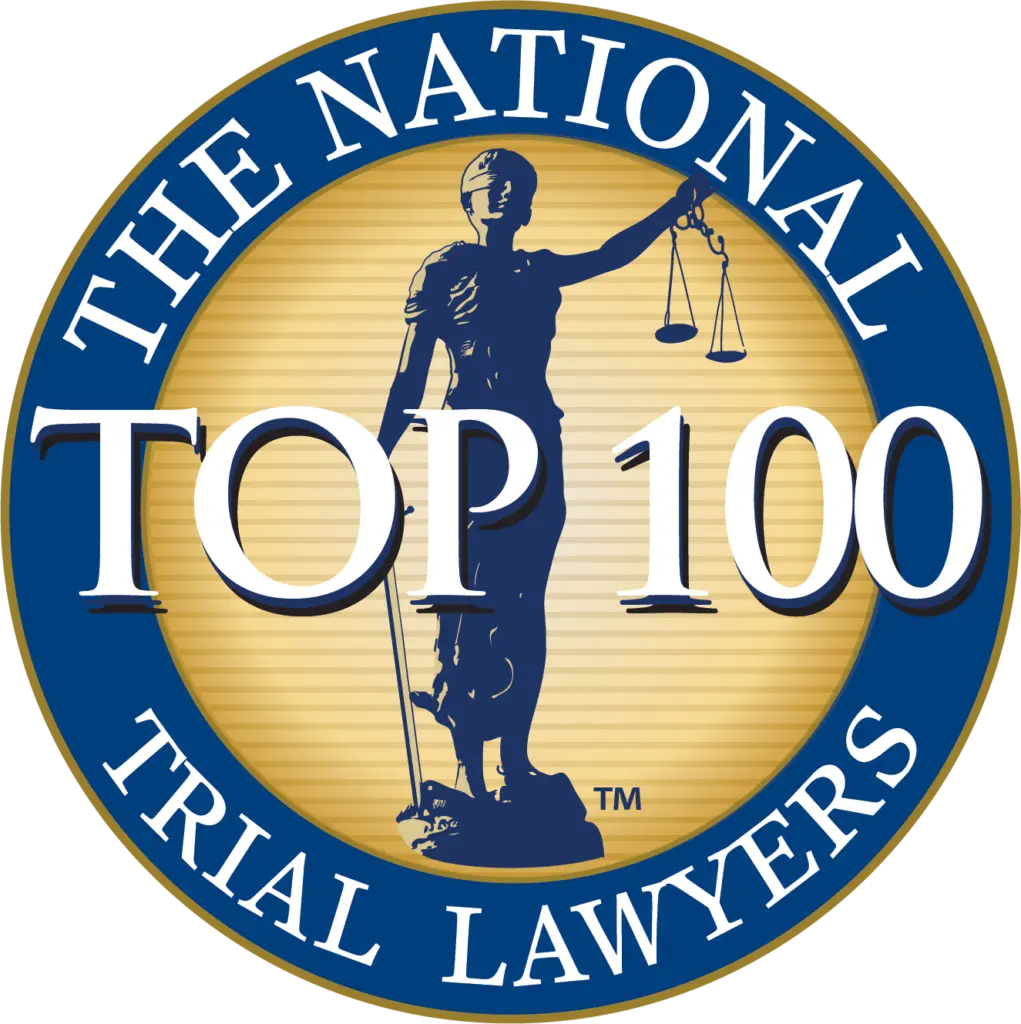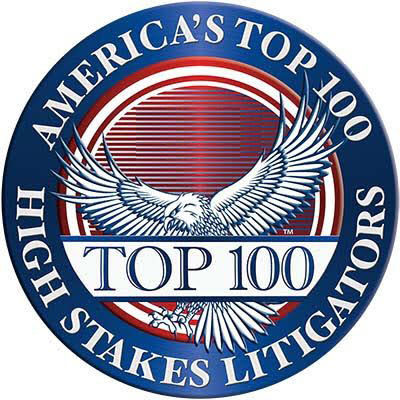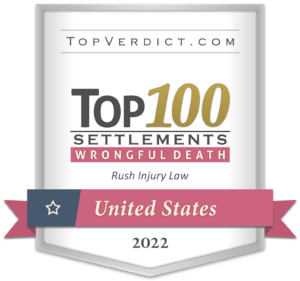Call For A Free Consultation
415-897-4801
Novato Corporate Office (Mailing Address):
10 Commercial Blvd #206 Novato, CA 94949
Offices Located In San Francisco, Oakland, San Jose, Walnut Creek, Pleasanton, Santa Rosa, Napa, Redwood City, Sacramento and Newark
Deducing Liability in a Fast-Food Restaurant Slip and Fall Accident
Accidents are unforeseen events that can happen anywhere and at any time. Especially in places bustling with activity like fast food restaurants, the probability of a slip and fall accident is higher than you might think. But who’s at fault when you suddenly find yourself flat on the floor? Is it the restaurant, the staff, or just plain misfortune? Let’s explore how liability is determined in such cases.
Understanding Premises Liability
Every property owner, including fast food restaurant owners, has an obligation to ensure the safety of their patrons. This obligation stems from premises liability laws which state that property owners must maintain a safe environment for visitors. If an accident occurs due to their negligence, they may be held responsible. The challenge, however, lies in proving that negligence.
Common Causes of Slip and Fall in Fast Food Restaurants
- Wet or slippery floors: It’s common for fast food restaurants to have spilled beverages or recently mopped areas. However, the absence of warning signs or delayed cleaning can make these situations hazardous.
- Loose or worn-out flooring: Over time, flooring can wear out or become loose. Failing to address these issues can lead to accidents.
- Poor lighting: Insufficient lighting, especially in areas with obstructions, can make it difficult for visitors to navigate safely.
- Cluttered walkways: Cardboard boxes, trays, and other items left carelessly on the floor pose trip hazards.
Proving Negligence
Just because you slipped and fell in a restaurant, doesn’t automatically make them liable. Here’s what you must demonstrate:
- Existence of a hazardous condition: You need to identify what caused the accident, whether it’s a wet floor, a loose tile, or something else.
- The restaurant’s knowledge: It’s crucial to prove that the restaurant knew or should have known about the hazardous condition. For example, if a drink was spilled and left unattended for hours, it indicates negligence.
- Failure to take corrective measures: The restaurant must either correct the hazardous condition or at least warn patrons about it. Failing to do so may show negligence.
- The injury was a direct result: Ensure you can link your injury directly to the hazardous condition at the restaurant.
Protecting Your Rights
- Document everything: If you have been injured, take pictures of the scene and your injuries. This can serve as crucial evidence later on.
- Seek medical attention: Even if your injuries seem minor, it’s always a good idea to consult a doctor. Medical records can also bolster your claim.
- Report the accident: Inform the restaurant management immediately and get an accident report if possible.
The Restaurant’s Defense
It’s worth being aware of some defenses the restaurant may use. They could argue that:
- The hazardous condition was obvious, and you should have avoided it.
- You were distracted (e.g., using a phone) and not paying attention.
- The hazard was recently created, and they had no reasonable time to discover or address it.
Have You Slipped and Fell in a Fast-Food Restaurant?
If you’ve suffered a slip and fall in a fast-food restaurant through no fault of your own, contact Rush Injury Law today to discuss your case. You can find us at:
- 10 Commercial Blvd, #206 Novato, CA 94949
- 75 Broadway #202, San Francisco, CA 94111
- 3558 Round Barn Blvd, Suite 200, Santa Rosa, CA 95403
Call us today for a free consultation on (415) 897-4801.
Want A Free Consultation?
© 2025 Rush Injury Law. All Rights Reserved.


